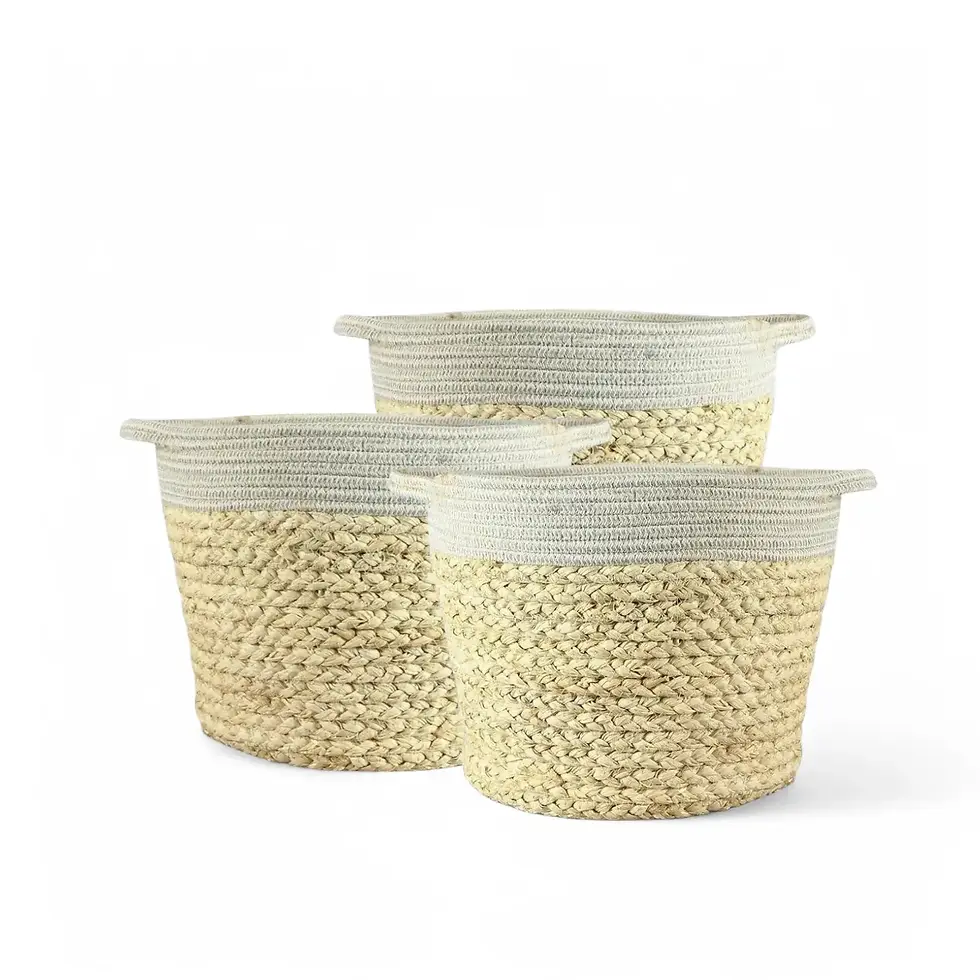Senecio herreianus 'Purple Flush' - Information and Plant Care
Senecio herreianus 'Purple Flush' is a stunning cultivar of Senecio herreianus Dinter, notable for its ability to develop a beautiful purple hue when exposed to strong light. This eye-catching succulent, formerly known as Kleinia gomphophylla, stands out with its unique, oval, bead-like leaves that are more elongated and spindle-shaped compared to the more commonly known Senecio rowleyanus. Its thick, somewhat erect stems and evenly spaced leaves form a captivating cascade, making it a popular choice for hanging planters or rockeries. As a low-maintenance plant, it’s perfect for those who appreciate beauty without the fuss.
Distinct Characteristics
- Growth Pattern and Size: A dwarf, rhizomatous, evergreen perennial with slightly branched, leaf-succulent stems. Initially growing low and creeping, its shoots eventually become pendant or scandent, forming large clusters over time.
- Leaves and Coloration: Larger, more elongated than those of Senecio rowleyanus. Leaves have a glaucous texture and can develop a striking purple flush under bright light.
- Flowers: Produces small, white, feather-duster-like flowers, similar to Senecio rowleyanus. Though not its main attraction, they add seasonal charm.
Senecio herreianus 'Purple Flush' Plant Care
- Light Requirements:
- Thrives in bright, indirect light but tolerates some direct sun. Strong light enhances the purple flush.
- If grown indoors, place on a sunny windowsill. Low light leads to faded color and leggy growth.
- Watering:
- Water thoroughly when the top 2-3 cm of soil is dry. Reduce watering in winter.
- Use the “soak and dry” method: fully saturate the soil, then allow it to dry before watering again.
- Soil:
- Requires a well-draining cactus or succulent mix. Add perlite or pumice for better aeration.
- Ensure the pot has drainage holes to prevent root rot.
- Temperature and Humidity:
- Thrives in temperatures between 18-24°C. Protect from frost.
- Average indoor humidity is sufficient—no additional humidity needed.
- Fertilization:
- Feed monthly with a diluted, balanced succulent fertilizer during the growing season.
- Avoid over-fertilizing to prevent weak, excessive growth.
- Pruning and Repotting:
- Prune as needed to maintain shape and remove dead stems.
- Repot every 2-3 years in spring to refresh soil and support healthy growth.
Common Issues and Solutions
- Root Rot:
- Caused by overwatering or poorly draining soil. Ensure proper drainage and let soil dry between waterings.
- Pests:
- Check for spider mites, mealybugs, and aphids. Treat with insecticidal soap , neem oil, or use beneficial insects.
- Leaf Discoloration:
- Yellowing leaves suggest overwatering or poor light.
- Lack of purple flush? Increase light exposure gradually.
Additional Tips
- Propagation: Easily propagated through stem cuttings. Allow cuttings to callous for a few days before planting in well-draining soil.
- Ideal Placement: Thrives in hanging baskets where it can cascade. Ensure ample light for vibrant color.
- Handling: Can handle neglect but dislikes sudden changes in light or watering routine.
Etymology
The genus name "Senecio" comes from the Latin word for "old man," referring to the white, hairy fruiting bodies that resemble an elderly man's hair. 'Herreianus' honors German botanist Hans Herre, known for his work on succulents. The cultivar name "Purple Flush" highlights its ability to develop a rich purple hue under strong sunlight.
Senecio herreianus 'Purple flush'
Senecio herreianus 'Purple flush' comes in following sizes:
Baby Plant – is approximately 10 cm tall/ long, and comes in a ⌀ 6 cm pot
M – is approximately 20–25 cm tall/ long, and comes in a ⌀ 12 cm pot

























































